Ulica Gajowa, zajezdnia tramwajowa
© Grupa Stary Poznań (facebook)
POL
near Poznań
Fetching images...
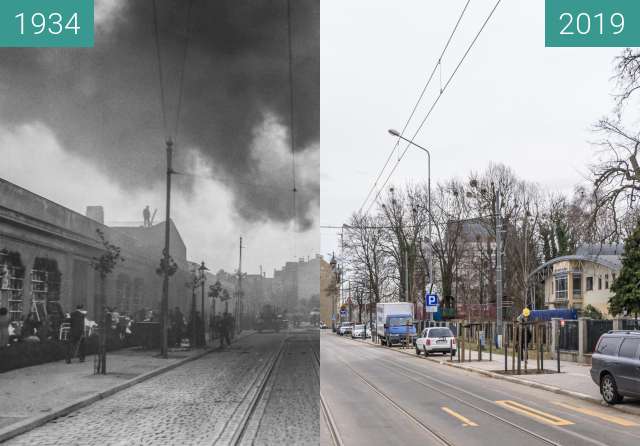

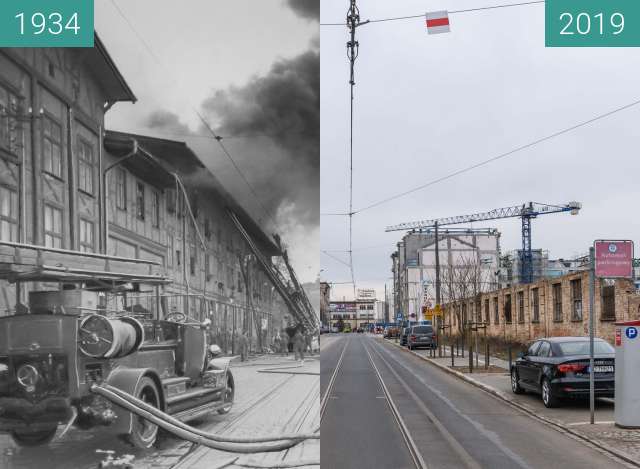
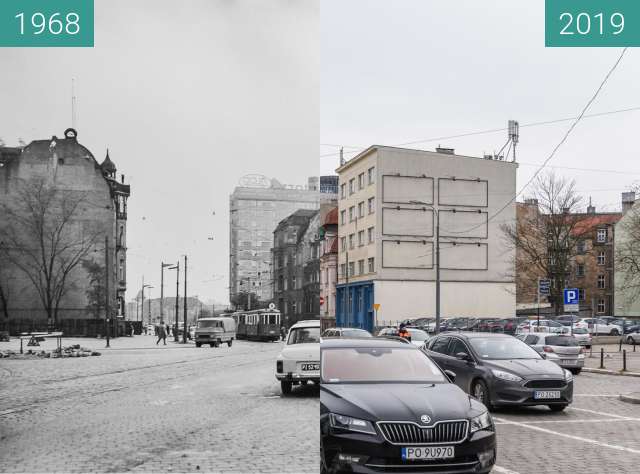
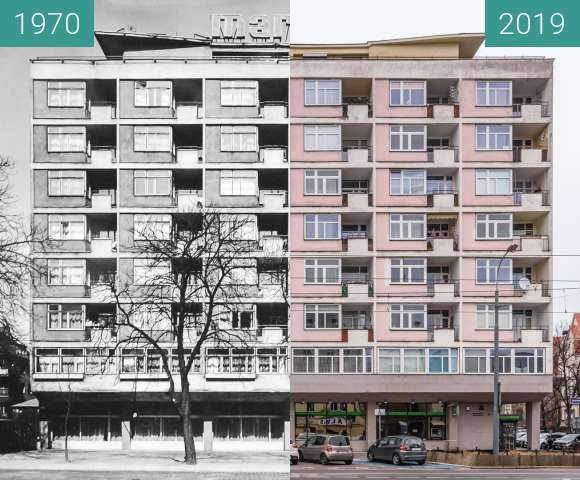
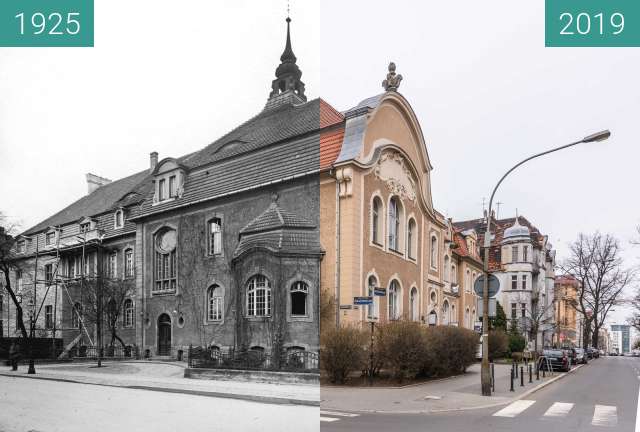
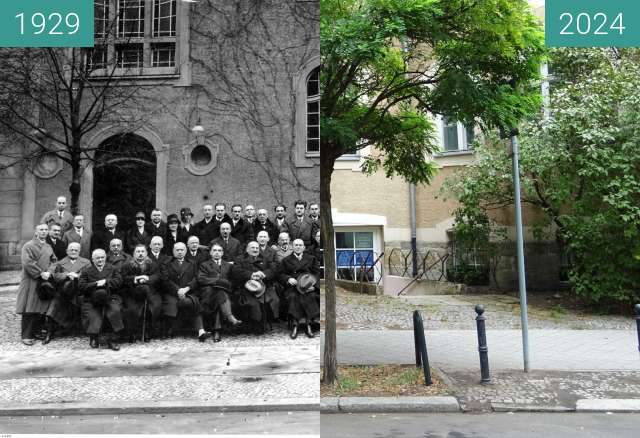
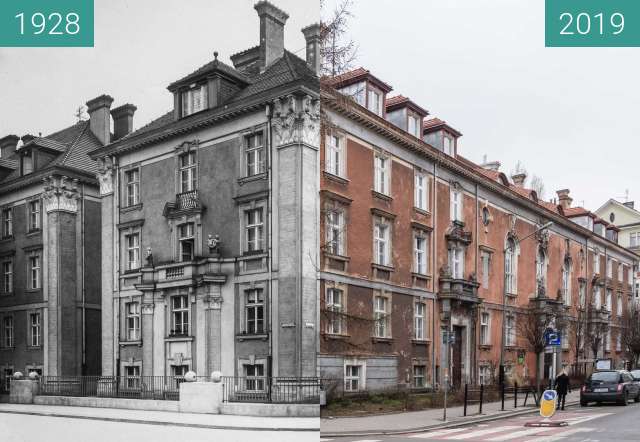

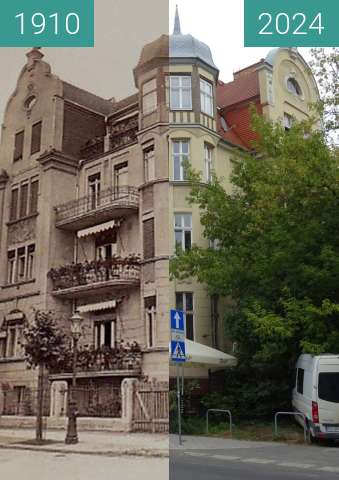
Zajezdnia tramwajowa przy ul. Gajowej w Poznaniu – najstarsza i działająca do 28 grudnia 2010 zajezdnia tramwajowa w Poznaniu, stanowiąca zabytek architektury przemysłowej.
Początkowo zajezdnia zajmowała działkę na narożniku ul. Gajowej i ul. Sienkiewicza i składały się na nią wozownia na 20 wagonów, stajnia na 80 koni, kuźnia z podkowalnią oraz budynek mieszkalny dla inspektora zakładowego, latryna i pompa. Po likwidacji dworca kolejowego na Jeżycach część terenu wykupiło w 1886 roku Poznańskie Towarzystwo Kolei Konnej. W 1890 roku teren zajezdni powiększono, a w latach 1897-1898, gdy elektryfikowano poznańskie tramwaje w zajezdni wybudowano halę dla wozów i mniejszą dla doczep, a także warsztaty w których remontowano tramwaje oraz (prawdopodobnie) postawiono szachulcowy budynek na rogu Gajowej i Sienkiewicza, przedsiębiorstwo zmieniło również nazwę, na Poznańską Kolej Elektryczną. W 1903 roku przebudowano torowisko od ul. Gajowej, oraz dobudowano trzecia halę. Rok później oddano do użytku budynek dyrekcji oraz nowe warsztaty. W 1908 dodano baterię akumulatorów szczytowych, które zasilały trakcję. W 1913 zajezdnia znacznie się powiększyła. Połączono wszystkie istniejące hale, powstała nowa kuźnia, a stara została przerobiona na pomieszczenie w którym zorganizowano odlewnię. Cały kompleks został natomiast wyposażony w centralne ogrzewanie i doprowadzenie ciepłej wody. Powiększono również budynek administracji z 1903 roku.
W 1924 w związku z przejściem sieci miejskiej na prąd zmienny w zajezdni pojawił się rtęciowy prostownik. W 1925 dodano kolejne warsztaty rozbudowując do obecnej długości główną halę oraz dodano wyjazd z torami od ul. Zwierzynieckiej. W 1927 gdy w Poznaniu wprowadzono komunikację autobusową w zajezdni powstał garaż na 16 maszyn. W latach 1928-1929 powstał nowy garaż na 36 autobusów, a stary stał się garażem dla mniejszych samochodów. Powstała również kolejna odlewnia. Po zakupie kolejnej parceli w 1936 zajezdnia osiągnęła swoją dzisiejszą wielkość czyli kwartał między ulicami Zwierzyniecką, Kraszewskiego, Sienkiewicza i Gajową, poza drobnym fragmentem na narożniku Zwierzynieckiej i Gajowej. W tym samym roku po kolejnej przebudowie hala główna osiągnęła ostateczne rozmiary, oraz dodano budynek z garażem i zapleczem socjalnym dla pracowników. Zmodernizowano również układ torowisk rozbierając ostatni budynek dworca kolejowego.
Wojna oszczędziła zajezdnię, która nadal była rozbudowywana aż do 1962 roku, kiedy to dyrekcja MPK przeniosła się na ul. Głogowską. Kolejne zajezdnie powstające na obrzeżach znacznie już rozbudowanej sieci tramwajowej sprawiły, że obiekt przy ul. Gajowej stawał się coraz bardziej jedynie zakładem remontowym. W 1956, podczas powstania poznańskiego, robotnicy warsztatów tramwajowych jednomyślnie poparli demonstrantów. Zablokować wyjście na ulice próbował dyrektor MPK, którego wrzucono do kanału montażowego i oblano oliwą.
Obecnie zajezdnia nie funkcjonuje, po 130 latach od jej uruchomienia. W dniu 28 grudnia 2010 o godzinie 6:47 wyjechał ostatni liniowy wagon, Beijnes 3G o numerze taborowym 805.
Źródło: https://pl.wikipedia.org/wiki/Zajezdnia_tramwajowa_przy_ulicy_Gajowej_w_Poznaniu
Tram depot at ul. Gajowa in Poznan - the oldest and operating until December 28, 2010 tram depot in Poznan, constituting a monument of industrial architecture.
Initially, the depot occupied a plot at the corner of ul. Gajowa and ul. Sienkiewicza and it consisted of a coach house for 20 wagons, a stable for 80 horses, a forge with a podkowalnia and a residential building for the factory inspector, latrine and pump. After the liquidation of the railway station on Jeżyce, a part of the area was bought in 1886 by the Poznań Horse Society. In 1890, the depot area was enlarged, and in 1897-1898, when Poznań trams were electrified, a hall for wagons was built in the depot and a trailer hall was built, as well as workshops in which trams were renovated and (probably) a half-timbered building was erected on the corner of Gajowa and Sienkiewicza, the company changed also the name, to the Poznań Electric Railway. In 1903, the track from street was rebuilt. Gajowa, and a third hall was added. A year later, the management building and new workshops were opened. In 1908, a battery of peak batteries was added that fed the traction. In 1913, the depot grew considerably. All existing halls were connected, a new forge was built, and the old one was turned into a room in which the foundry was organized. The whole complex was equipped with central heating and hot water supply. The administration building from 1903 was also expanded.
In 1924, due to the transition of the municipal network to alternating current in the depot, a mercury rectifier appeared. In 1925, another workshop was added, expanding the main hall to its current length and adding a trip with the tracks from ul. Zwierzyniecka. In 1927, when bus transport was introduced in Poznań, a garage for 16 machines was built in the depot. In 1928-1929 a new garage for 36 buses was built, and the old one became a garage for smaller cars. Another foundry was also established. After the purchase of the next plot in 1936, the depot reached its present size or the quarter between Zwierzyniecka, Kraszewskiego, Sienkiewicza and Gajowa, except for a small fragment on the corner of Zwierzyniecka and Gajowa. In the same year after the next reconstruction, the main hall reached its final dimensions, and a building with a garage and social facilities for employees was added. The track layout was also modernized by dismantling the last building of the railway station.
The war spared the depot, which was still being developed until 1962, when the MPK's director moved to ul. Glogowska. Further depots created on the outskirts of the already well-developed tram network meant that the facility at ul. Gajowa became more and more a repair shop. In 1956, during the Poznań Uprising, the workers of the tram workshops unanimously supported the demonstrators. The director of MPK, who was thrown into the assembly duct and splashed with oil, tried to block the exit to the streets.
Currently, the depot does not operate, 130 years after its launch. On December 28, 2010, at 6:47 the last linear wagon, Beijnes 3G with the number 805, left.
Source: https://pl.wikipedia.org/wiki/Zajezdnia_tramwajowa_przy_ulicy_Gajowej_w_Poznaniu